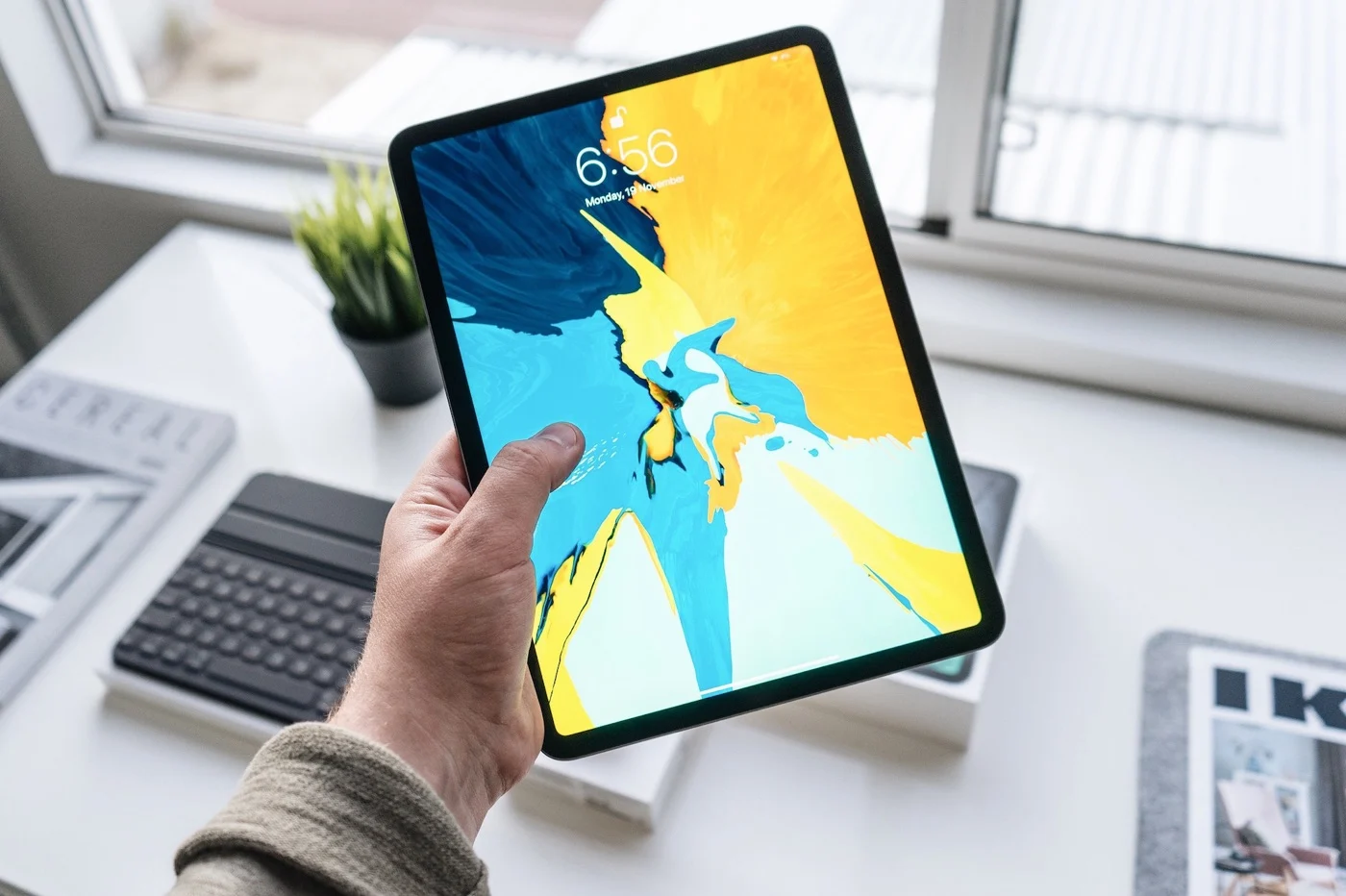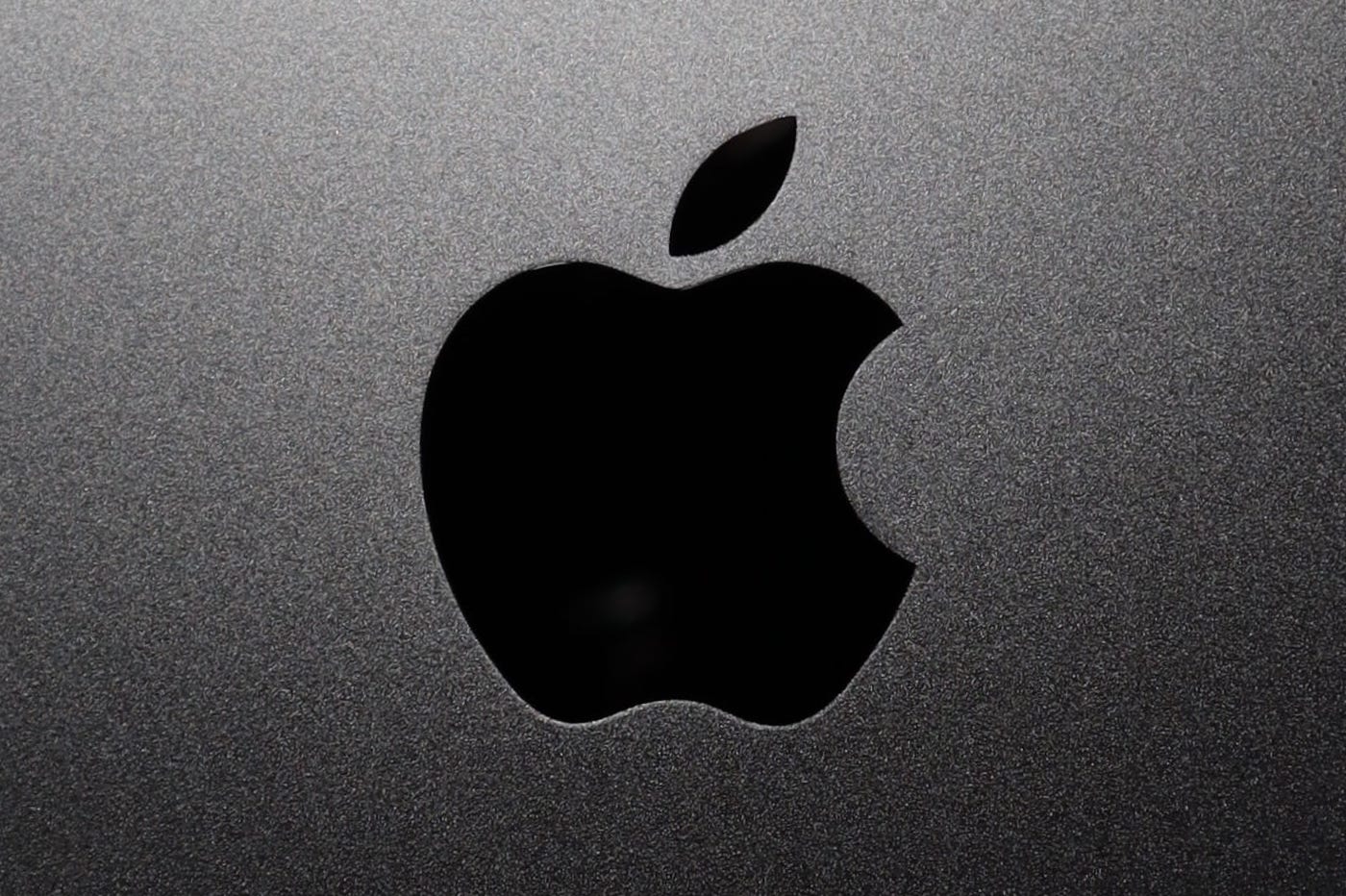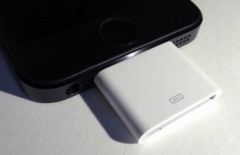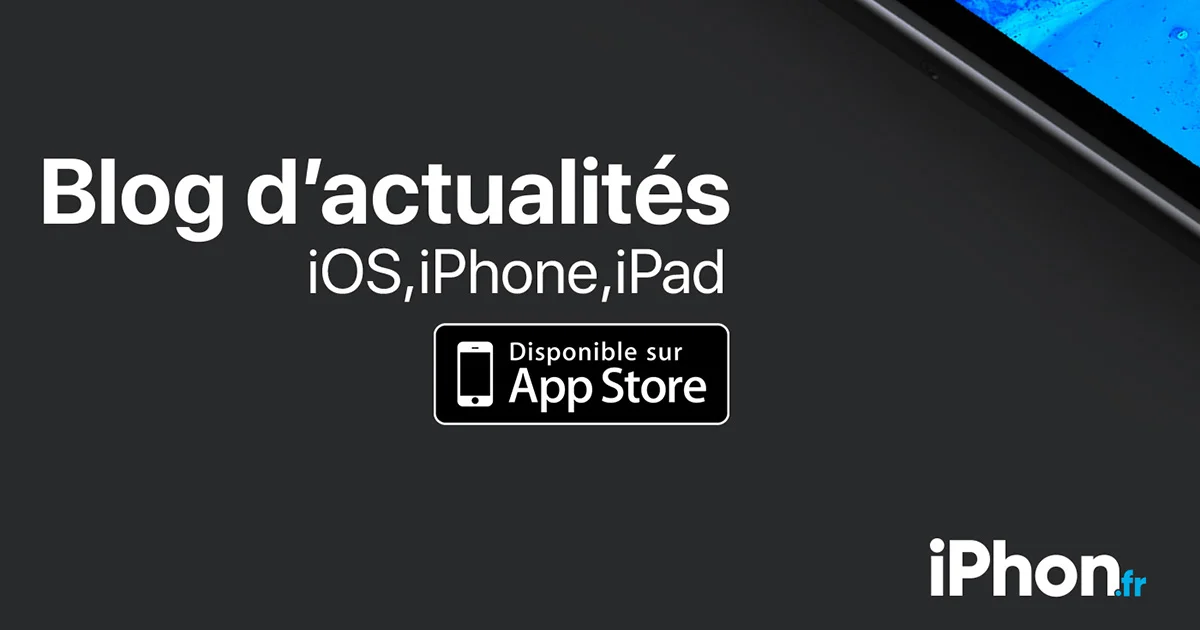 Virtual reality has been
Virtual reality has been
popularized by the arrival of the Oculus Rift headset. It offers avision in
3D sphericalwhich responds to movements to offer in
virtual environment to its user. For now
always reserved for a restricted community, it remains very expensive. In
parallel, the Google teams have concocted an alternative which uses
a smartphoneas a screen and motion sensor.
Smart !
It is
the CardBoard that we saw in this article, an assembly made of
lenses and cardboard which allows everyone to taste reality
virtual.
But cardboard is good, except that it's neither sturdy nor really easy
to be settled. So French societyHominid
created a more complete solution withadjustment dials for
adapt to different morphology and optical adapters for
possible myopia.
This helmet,successfully financed on a
plate-forme participative, is now available. Compatible with
iPhone and Android smartphones, it allows
enjoy Virtual Reality apps at home, now
!
We saw it in images in this article, it is now so many
get down to business: its test and our opinion. As it is
of new technology, the test addresses both the helmet itself and
technology.
Homido hit him
Once the packaging (protective enough so that everything arrives in good condition)
state) open, we discover the helmet, which is delivered with several
accessories.
First of all, we note a welcome semi-rigid storage pouch. She
closes with a zipper and avoids any risk of scratching the
lenses or loss of parts.
The set arrives assembled, but we note the presence of additional parts.
These are optical supports. As we will see later, these will be useful
to adapt to the user's view. A fixing strap and a cloth
cleaning complete the set.
The helmet itself is made entirely of plastic with a good thickness. He
exudes manufacturing quality, while the front part is protected from
scratches by plastic to remove.
The principle of this type of helmet is quite simple. In the manner of
3D viewers from our childhood, the eye sees two slightly shifted images
(for 3D) through two magnifying glasses. Except that there, the image is not
not a slide, but it is displayed by a smartphone.
The headset is compatible with many models, tested with iPhone 6
(4.7 inch screen), iPhone 6 Plus (5.5 inch screen) and Nexus 5 (5 inch screen)
approximately), the three did not pose any particular problem for the implementation
place. This is done by lightly pulling the front panel and sliding the
machine. The elasticity of the plastic then allows the smartphone to be held
quite solidly. During use, none of the three moved once
inserted, even when you move your head. The screen is then in contact with the
outline of the helmet. It may be better to have a case that shifts the screen
backwards by a small millimeter so that its edges are
in contact with the plastic of the helmet. This could avoid any risk of
scratch if a grain of sand or something else were to slip between the two. For
For my part, I tested it without anything and with a case, no problem to note.
They can be clearly distinguished, 3 adjustment dials are
planned. The one above will allow you to adjust the inter-eye angle (a little
like when you fold binoculars to fit your face size)
while the lateral ones allow focusing.
Magnifying glasses are integrated via a flexible support. This allows you to change
support and move the lens closer/backwards even further than with fine adjustment
by dial. This is what makes it possible to adapt to vision problems (without
use the glasses). Changing the lens is quite simple to do,
just undo the black part and change size then put back
the lens and fix the assembly again inside the helmet.
Technically easy, but you don't want to do it every day when
even, which can happen when you have several people try the headset
people in a row.
Once the smartphone is in place and the headset is adapted to its view, it remains to
put it on. It's like a ski mask with its protections at the level of the
face and the adjustable elastic band at the back. We initially tested this way:
without passing the upper band which can be added above the head.
It quickly became heavy and uncomfortable in terms of contact with the face.
You have to pass the top strip, it is adjusted with Velcro. All this happens
done easily.
Well adjusted, the helmet is comfortable, holds well in place, we are ready to
embark on a journey into another reality. One last detail, the
side dials allow you to very precisely adjust the sharpness of the
l’image.
Overall, both the settings and the accessories seem to allow
adapt to a very varied user population, all with comfort
astonishing. Okay, we look a little weird once we have the headset on.
head, but don't worry, once you put it on, you're more
in the same world, so who cares 😉
Arriving at this point, we must return to the principle of the functioning of the
virtual reality. As we have seen, the smartphone screen displays two images
slightly shifted, perceived by the eye through lenses.
Result: a very large field of vision on the sides, top and bottom,
in 3D. But that's not all, because when the head moves, the smartphone with
its various sensors and suitable apps, detects this movement and makes
rotate the display synchronously. Here we are: wide field of
vision + 3D + image that follows the movement, the virtual world is created.
To benefit from the headset, you must therefore go beyond the material aspect intended to
display, have content adapted to this technology. This concerns
display (stereoscopic images), for movement (in games) and for
the interface (to control interactions). This last point is very
important, caronce the helmet is on your head, there is no question of touching
the screen!
The Homido company had the good idea of creating its own applications,
available on the App Store:
The first is particularly interesting since it is a
catalog of virtual reality apps available on the App
Storeand usable with this headset.
Because having such a device allows you to open a whole section of the App
Blind which we had no idea before and which in any case was not used to
Nothing. However, there are quite a few applications, games or others, varied, which are
compatible or often designed specifically for virtual reality. Except that
not all of them are compatible with different helmet models... So
asee a first filter allowing you to rush to a few apps and
finally starting the immersion turns out to be very practical.
In terms of applications, we will come back to this with a dedicated article, but there are
of everything! Good, average and really incomplete apps. It's a
problem: we feel that this is a new technology. Some publishers
are forward-thinking and exploring the field, but certainly lack
AVERAGE. Nevertheless, there is fun to be had.
Here are some examples of apps that have allowed you to really take advantage of
sensations :
London VR: allows you to visit many places in London in 360
degrees. An interface template for navigation. On the other hand, we do not move
not in the scenes.
Roller Coaster VR: superb roller coaster ride in 3D, with view
panoramic in all directions. Do not abuse it, heart aches
warranty
Crazy Swing VR: from the same publisher, again a party attraction
fairground in a town reconstructed in 3D
Zombie Shooter VR: subway tunnel atmosphere and zombies coming
towards you. Very nice in terms of production, but not very good in terms of
Gameplay
The second Homido application is dedicated to video content. There are
videos to experience in impressive 360 degrees, as well as access to videos
YouTube. Quite a few adjustments to find the right format and a
"by eye" control not always easy to handle. We meet up quite often
to remove and replace the headset to switch from one mode to another. With
time, there are certainly many videos to find on
YouTube.
We will return to the applications available for virtual reality in
a dedicated apps folder, there would be too many to mention in this test.
The real experience
Once the helmet is put on and the adjustments made with the dials (for
sharpness), everything is in place, the app is launched... And then it
either using an iPhone 6, 6 Plus or Nexus, we feel very
immersive to the point of forgetting where you are. We truly live the
staged situation (roller coaster, FPS); It's stunning from the first
second and impressive.
After the first impressions, the apps scroll and we are then
capable of realizing what works well, or less well and
this is not related to the headset, but more to current technology.
The first point is that applications, as we have seen, are more or less
well thought out. This particularly affects the interface. In the absence of
possibility of touching the screen, some allow you to point to a menu by
looking, it works very well. Others have unfortunately forgotten
the interface aspect and you have to remove the headset then the smartphone to change
certain parameters… Disappointing. Others only work with a model of
particular headset that implements an external control mechanism, e.g.
with a magnetic button.
Regarding immersion, it is generally good even if the
Most apps use 3D renderings rather than photos. The reason
is obvious, filming at 360 degrees is complex and expensive, while creating
360 degree 3D is much less so. Result, the best apps are
in 3D, but it is not as realistic as a real "video" dive. He
However, there are opportunities to watch videos.
Regarding the resolution, this is a point that is absolutely necessary
mention. The iPhone 6 Plus has a very high display density, the Nexus
5 also. Despite this, once the optical part is well adjusted, the presence
magnifying glasses reveal the pixel matrix. It's not
catastrophic and depending on the commitment offered by the app used, this
quickly forgotten! But that is to say, in the current state of the resolutions of
smartphones, what is invisible to the eye is no longer invisible when you put the
helmet. I quickly looked at the resolution offered by an Oculus Rift, it
looks inferior to modern smartphones, so the visual effect must be
similar.
Using a smartphone is a great idea to reduce
costs, but in use it is important to take the time to isolate it from the
outside world before using it: turn off the phone (airplane mode),
mute notifications and other interruptions and turn off
automatic standby. Because if something takes over the current app
of use, you will have to remove the headset and the iPhone to relaunch the app
virtual reality. Just a habit to get into but you have to think about it!
It is also in these moments, or when we want to change apps that
We appreciate the smartphone holding mechanism offered by the headset. He is
quite easy to handle, while being robust.
Always when using the headset, you should know that it can
appear an effect linked to the gap between the reality (or almost) experienced with the
helmet and its position in space. This can cause seasickness,
especially if you go on amusement rides... It depends on each person
but you have to know it!
In terms of comfort, the helmet is really there, the width of the
elastic bands, the presence of that on the top of the head, allow you to
really don't be embarrassed. Without the top band, it hurt the
nez.
In terms of machine, the iPhone 6 and the Nexus 5 have a screen size that I
ideal with headphones. They are well adapted to the field of vision and the
depth. The iPhone 6 Plus with its 5.5-inch screen is the upper limit,
the edges of the screen may not be visible sometimes.
And for glasses wearers
As I am myopic, I was able to test this aspect.
So first of all, I didn't imagine using the headset while keeping the
glasses, too afraid to twist them.
On the other hand, there are three different sets of optical supports provided,
allowing for different depths. So I was able to find one
adapted game. Combined with the dial adjustment, the sharpness proved
perfect.
For hyperopia, a set of cones is also provided to adapt the
lenses for this type of vision. Not tested!
Conclusion
Content in terms of virtual reality still needs to develop, we
is in its early stages and it can be felt. But we find content, we can even
create. The helmet and its accessories appeared to be of quality, it seems durable
and the whole thing is both adaptable and easily adjustable with the depth
of field, but also thanks to the adjustment of the inter-eye distance. This allows to
adapt the device really well to your vision and this is key to use.
The price is higher than a cardboard solution, but it is very
probably a much greater comfort of use, we far exceed the
did you gadget.
Is it comparable to the oculus? No idea, but it's anyway
much less expensive.
Ultimately, The Helmet offers an introduction to the field of
Virtual reality which allows you to benefit greatly from it, to discover a
technology promised to a future that we imagine to be radiant. This allows to
open a complete section of apps from the App Store, previously useless and
to enjoy it in its virtual world. Striking is the word of all those who
tried it! We love it 😉
- The
Homido helmet is sold hereat the price of 69 euros.
The Homido VR helmetreceives the
note of4,5out of 5par
iPhon.fr

i-nfo.fr - Official iPhon.fr app
By : Keleops AG






